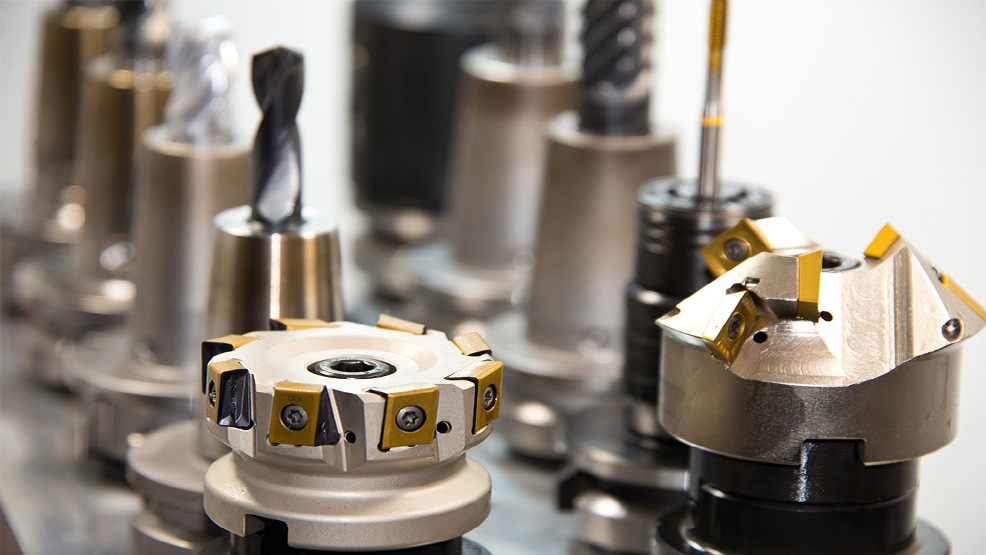2024-05-30


Speed motor is an electric motor that can adjust the speed according to the needs. Compared with traditional constant speed motors, speed motors have greater flexibility and applicability because they can adjust the speed according to specific application requirements, thereby achieving more precise control and higher efficiency.
Speed regulating motors usually use a variety of different speed regulation mechanisms, including:
Variable frequency speed regulation: This is one of the most common speed regulation methods, which adjusts the speed of the motor by changing the input frequency of the motor. By controlling the frequency converter, the output frequency of the motor can be changed, thereby achieving precise speed control.
Voltage regulation speed regulation: This method adjusts the speed of the motor by changing the input voltage of the motor. By adjusting the voltage, the torque and speed of the motor can be changed.
Mechanical speed change: In some speed-controlled motors, speed regulation can be achieved through mechanical devices such as gearboxes or belt drives. This method is often used in applications that require higher torque and more precise speed control.
Electronic speed control: Use electronic controllers and sensors to monitor and adjust the speed of the motor. This method is usually more accurate and responsive, and is suitable for applications with higher speed requirements.
Speed-controlled motors are widely used in various industrial and commercial fields, including fans, pumps, conveyor belts, compressors, mechanical equipment, etc. By using speed-controlled motors, users can achieve the goals of energy conservation, improved production efficiency and reduced equipment maintenance costs.
Sign up to receive product releases, special offers and discounts: